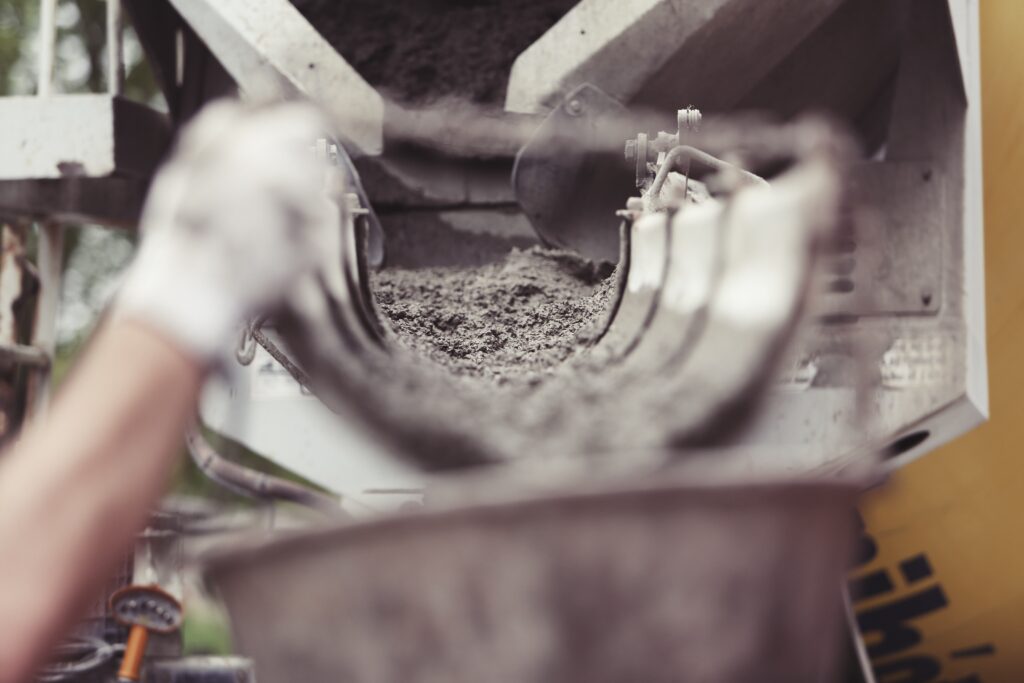Discovering the Cleanker experimental project to cut CO2 emissions by producing new energy in the process
Eliminating CO2 has been a major goal in recent years, with numerous expedients and many steps taken by the many entities that have dramatically decreased emissions from their machinery by adopting green solutions. Emissions that are complex to manage, however, are those of the industrial sector of essential compartments, such as the cement production chain: a process characterized by a very high CO2 emission that is impossible to reduce to zero.
Parallel to the projects of the Horizon 2020 program is the development, in Rome, of the Buzzi Unicem group’s Cleanker system, which tries to offer a practical solution to curb the problem.
“Cleanker uses components and materials already present in the cement plant’s work process and has no impact on the most critical elements of production,” explains Maurizio Spinelli
“Although it is an energy-intensive process, like all CO2 capture procedures, thanks to the high-temperature operation it also produces heat that can be easily recovered to produce electricity. If a biofuel were used as fuel, this could lead to a negative net emission system.”
“The cement and concrete supply chain is aware that it has a fundamental role as the first link in that chain that allows for safe and sustainable infrastructure and construction, a role it also intends to take on in the decarbonization challenge by grounding a real strategy,” explains Nicola Zampella, Federbeton’s director general.
“With 4.2 billion euros of investment and extra operating costs, amounting to about 1.4 billion annually, the industry has embarked on the road to carbon neutrality between now and 2050. It is a tough challenge.60-70% of direct CO2 emissions come from the chemical process reactions themselves and are therefore incompressible. This necessitates the use of innovative technologies such as CO2 capture, resulting in a 43% reduction in emissions. The Cleanker project is one of the important research being carried out by the industry across Europe, including through pilot projects, to develop effective capture systems, with business support and protection.”Although there are more innovative technologies than calcium looping, Cleanker technology will still be able to compete actively in the market due to some noteworthy elements.First, the use of the same materials and components routinely used in cement plants, without solvents or chemicals, should be considered.
In addition, Cleanker technology has no impact on the critical components of the cement plant process and, equally important, may have advantages with increased fuel consumption, considering the possibility of self-producing stable electricity through heat recovery to the possibility of achieving negative net emissions with the use of alternative fuels with biogenic carbon content.Much experimentation is still needed, but Cleanker’s creators are optimistic and consider officially opening the first plant between 2030 and 2035.
Photo : Pexels
Author : Alessandro Volpe
